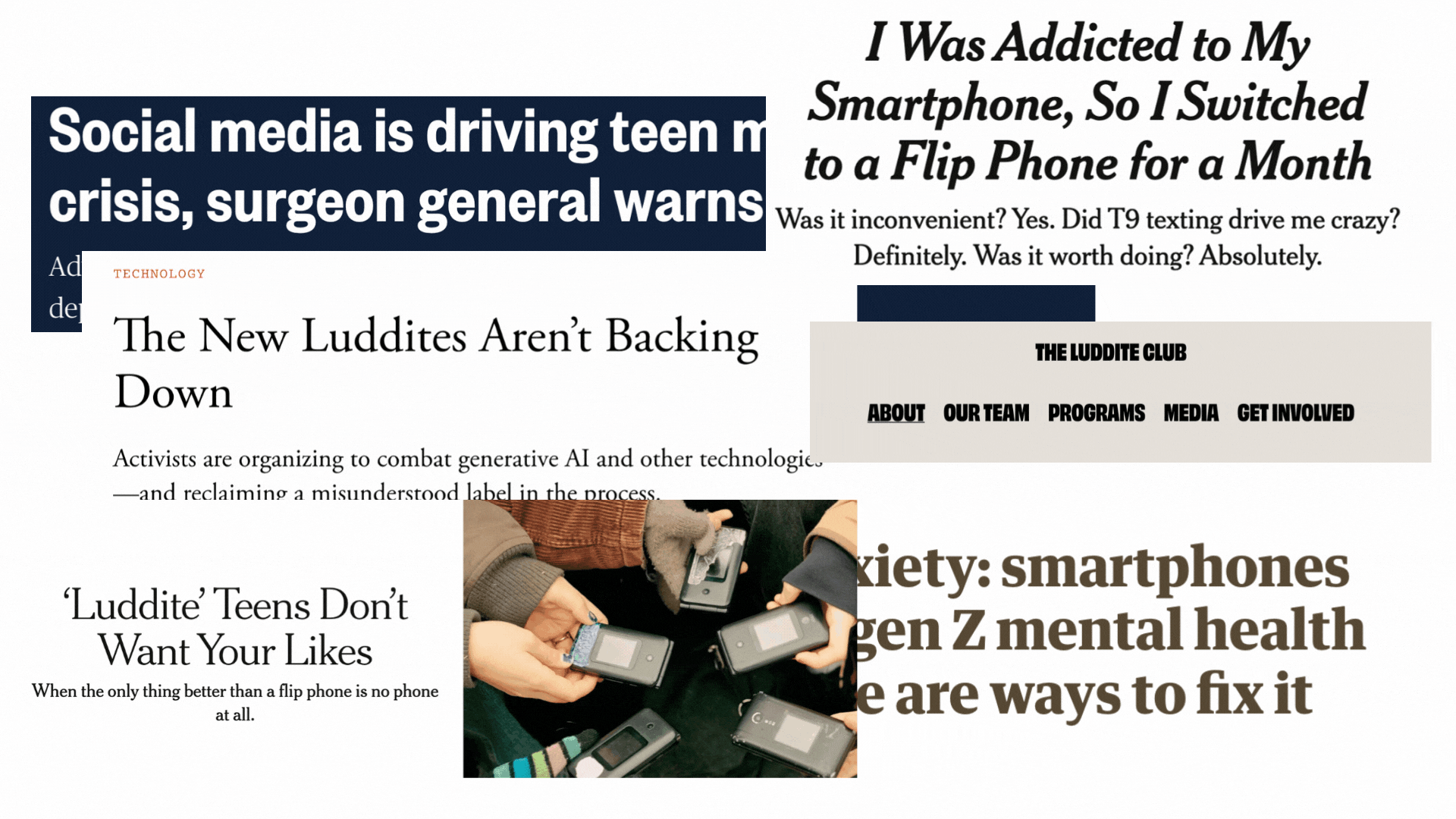At 7:00 a.m., D’s* alarm rings. After getting ready for school, he picks up his phone to check his texts, emails, Instagram, and Discord. During class, he sometimes scrolls through Instagram or plays video games. During lunch, he puts away his phone to talk with his friends. After school, he goes home and opens his laptop to finish his homework but gets distracted by other apps. He goes to sleep with a couple of YouTube documentaries playing. The next morning, he’ll sometimes wake up with his laptop on his chest.
While this may seem like a standard daily routine for many teenagers, excessive screen time does have negative effects, including mental health issues.
“Excluding Saturdays and Sundays, I do spend more time in front of a screen than going out,” D said.
According to the American Psychological Association, the average screen time for teenagers in the U.S. is 4.8 hours per day. The American Academy of Pediatrics recommends a maximum of two hours of screen time per day.
D spends five or six hours of screen time per day. He suffers from anxiety and depressive swings that are indirectly affected by screen time.
“The amount of time didn’t impact my mental health. It was more of the things that I read and saw. Most of it was on texts. Some of it was on social media,” D said.
D’s experience is not unusual. According to the Cyberbullying Research Center, 54.6% of U.S. teenagers were victimized through cyberbullying in 2023.
Because of the toll these messages had on him, D has been trying to reduce his exposure to screens.
“I’ve been leaving all my stuff downstairs unless I really need to finish an assignment. I try to get things done ahead of time,” D said.
Phone use and mental health
There is a direct correlation between screen time and mental health. According to Nexus Health Systems, 14-17-year-olds with a high amount of screen time are twice as likely to be diagnosed with depression, anxiety, or behavioral issues.
Dr. Jacqueline Magno-Lagasca, a psychiatrist at Kaiser Permanente, says that social media and screen time contribute to mental health issues.
“Social media can cause drama in friendships and feelings of isolation. It depends on the personality and resilience of the patient, but some people can develop suicidal thoughts because they feel excluded,” Magno-Lagasca said.
In a study from The National Library of Medicine, suicidal behaviors mostly caused by mental health issues increased more than 40% from 2009-19. She also notices that feeling isolated from social media is more common in teenagers than adults.
“[Teenagers’] priorities are different compared to adults. Of course it can still hurt when you’re an adult, but they have other priorities like feeding their families and their work. Being accepted and liked is more of a priority for teenagers,” Magno-Lagasca said.
Another negative effect of excessive screen time is sleep deprivation.
“Being on your phone, especially at night, affects your sleep. It keeps you awake. It affects the melatonin in your brain which is responsible for you feeling sleepy. Then, when you’re deprived of sleep, you can have issues focusing, and it can make you more angry or sensitive,” Magno-Lagasca said.
Additionally, excessive amounts of screen time can lead to teenagers neglecting their education or relationships.
“Because social media is so time-consuming, people spend less time reading, interacting with their family, or doing physical activity. This can make you more vulnerable to anxiety or any mental health issues,” Magno-Lagasca said.
Magno-Lagasca does not classify social media by itself as a top stressor among teens, but the overall use of screens is. When someone is addicted to their device, it prevents them from eating and sleeping, and an interruption of daily routines is a sign of mental health issues.
“Technology has advantages and disadvantages. If you use a computer to seek more knowledge, it’s great, but it’s also a shortcut. It’s a matter of how you use it,” Magno-Lagasca said.
In 2022, the New York Times published an article featuring the Luddite Club, a group of teenagers who willingly gave up their cell phones for flip phones because of the mental health toll.
“I would say a Luddite is someone who is concerned with how the introduction of new technology disrupts economic and social life,” said Erik Migdail, an English teacher at Carlmont.
Emergence of Luddism
In the early 1800s, English textile workers revolted against the use of new machines that were causing unemployment. They became known as Luddites. Neo-Luddism takes into account modern technology and its effects on today’s society and economy. Modern Luddites have surfaced out of the effects of social media and artificial intelligence (AI).
Migdail provides articles like the one about the Luddite Club to his students to raise awareness about the effects technology has on them.
“We swim in technology. There is a fascination with new technologies. One of the things we see replicated over the course of history is every time there is a new technology that’s introduced, everyone’s like ‘It’s going to make life so much better,’ but time after time, there are unintended consequences,” Migdail said.
Migdail has been teaching for 27 years and has noticed how the increased use of computers and phones in school has degraded students’ academic skill sets and mental health. Shorter attention spans, inability to memorize as much as they used to, and lack of face-to-face interactions are prominent effects he has noticed.
“Humans are social creatures…There are all sorts of healthy benefits that our well-being is starved for if we don’t have enough healthy interactions, and technology has really undercut that,” Migdail said.
Since introducing these articles to his students, Migdail has received a lot of resistance. However, there are instances where students will thank him or change their behaviors.
“Similar to other experiences where I introduce anything that counters the dominant narrative, students are interested. They are being exposed to ideas they hadn’t considered before. Some reject it because they don’t like it, but others become really thoughtful about it,” Migdail said.
Migdail generally identifies as a Luddite. Even though he has incorporated more technology into his life, he still tries to minimize his exposure because he is aware of the effects it has on his ability to focus.
“There was a period in the ‘90s where we didn’t even have a television for about a decade, and it was kind of a culture shock to come back to it. I resisted getting any kind of cell phone for a really long time. It was only once I had kids that it became important coordinating for family stuff and being able to have them reach me in an emergency, so I gave in and got one,” Migdail said.
During the summer, he is able to minimize his screen time more which allows him to focus on activities like reading and thinking.
“I prefer to go to the bank and see a teller. I prefer to use the checkout line rather than the self-checkout. I think it’s really important to knit together more firmly the social fabric. Without actual encounters with human beings, it feels very disruptive and unhealthy,” Migdail said.
*This source’s name has been changed due to the sensitive nature of this content in accordance with Carlmont Media’s anonymous sourcing policy



